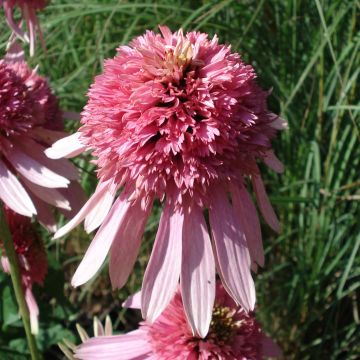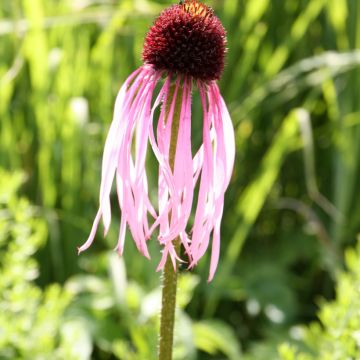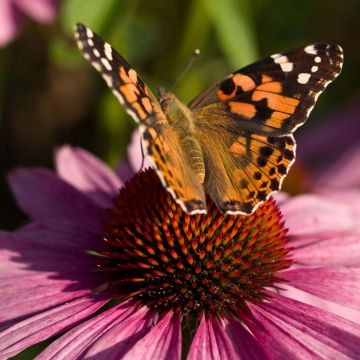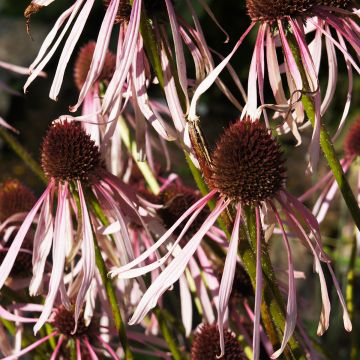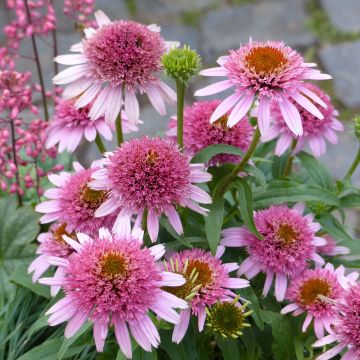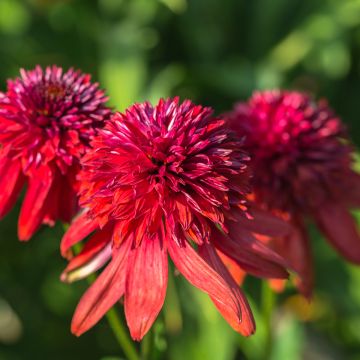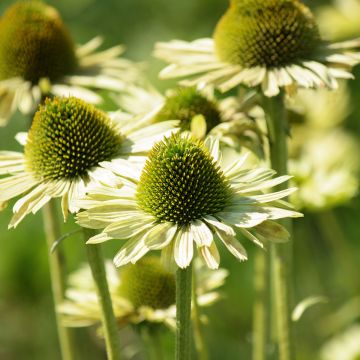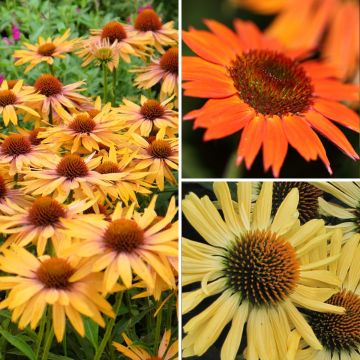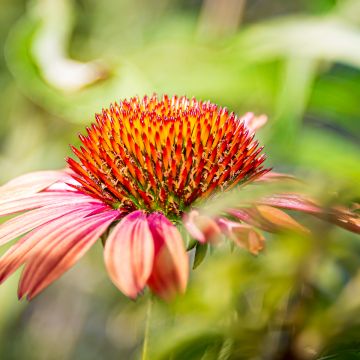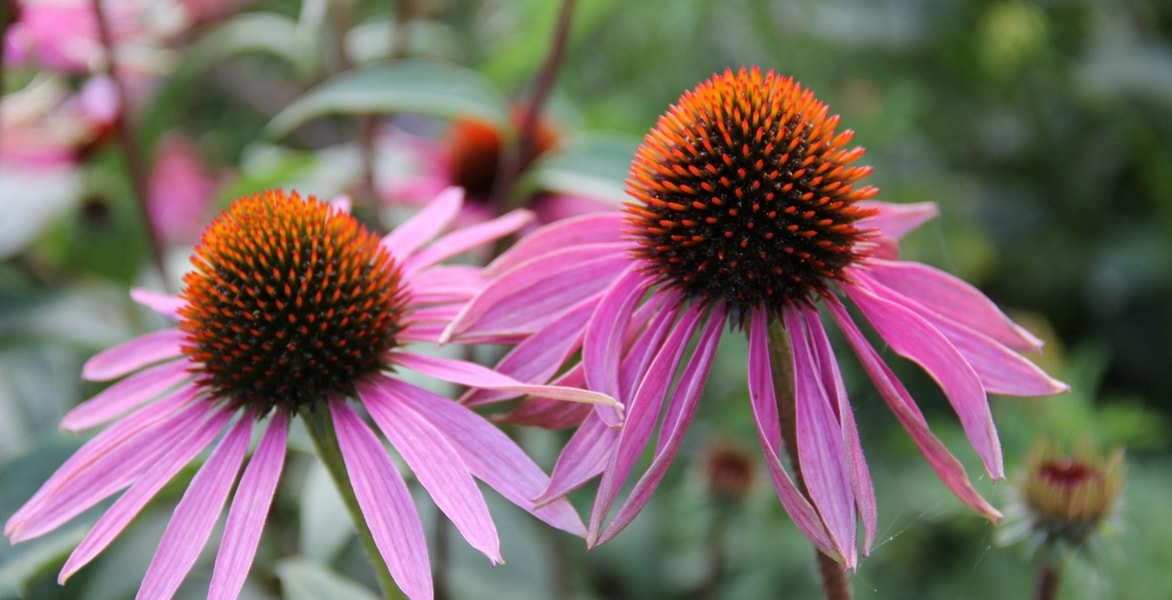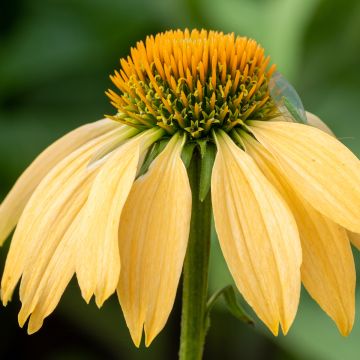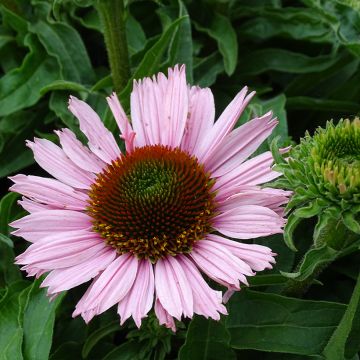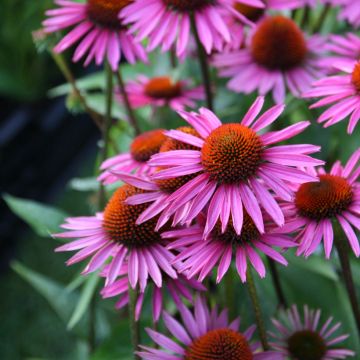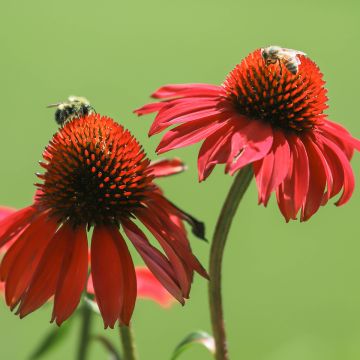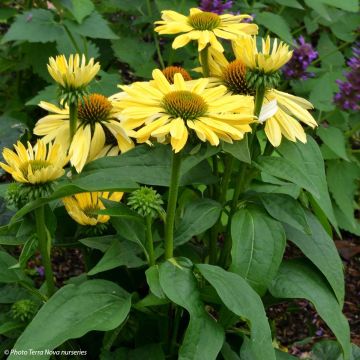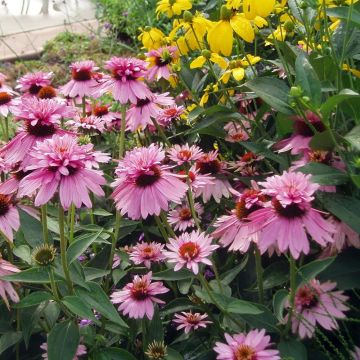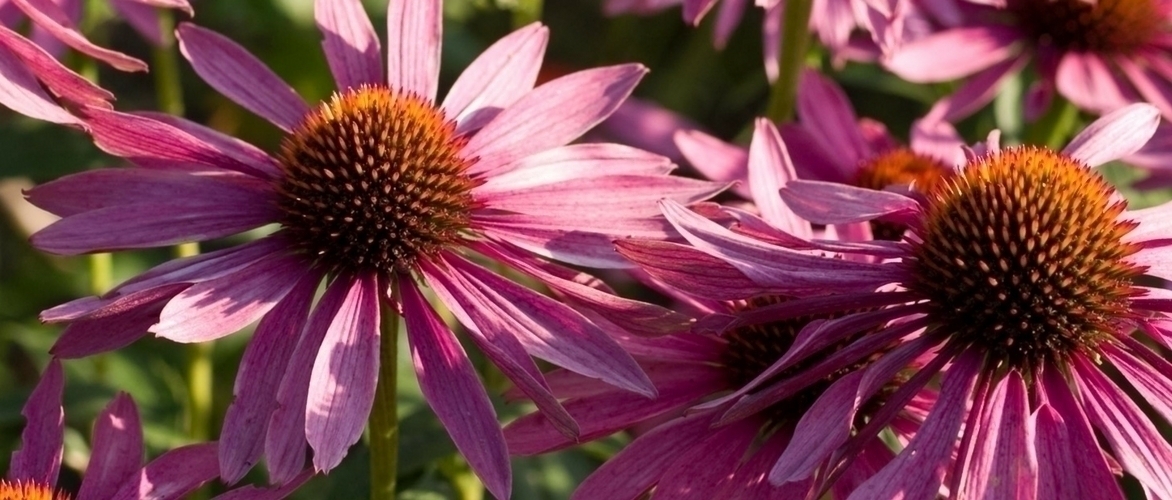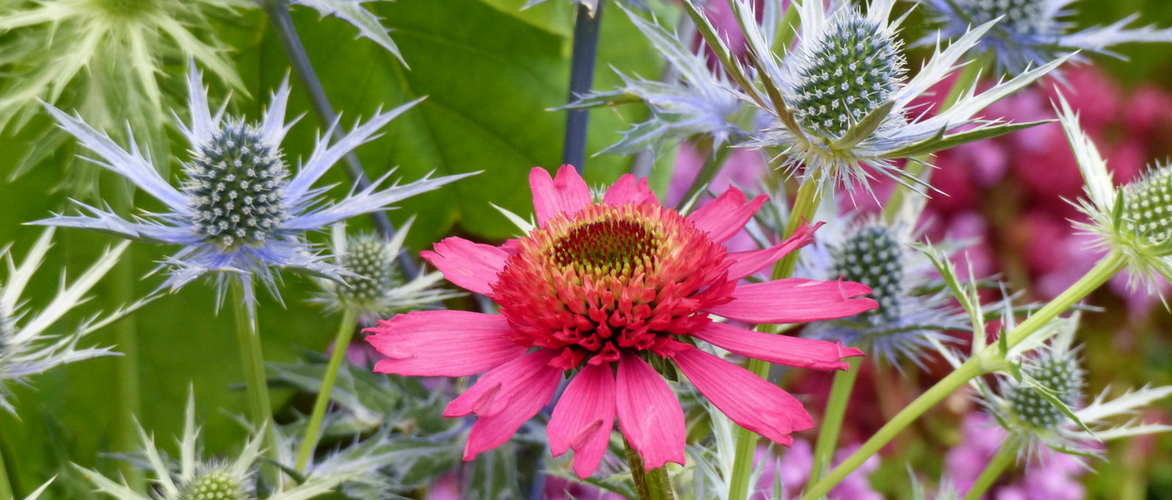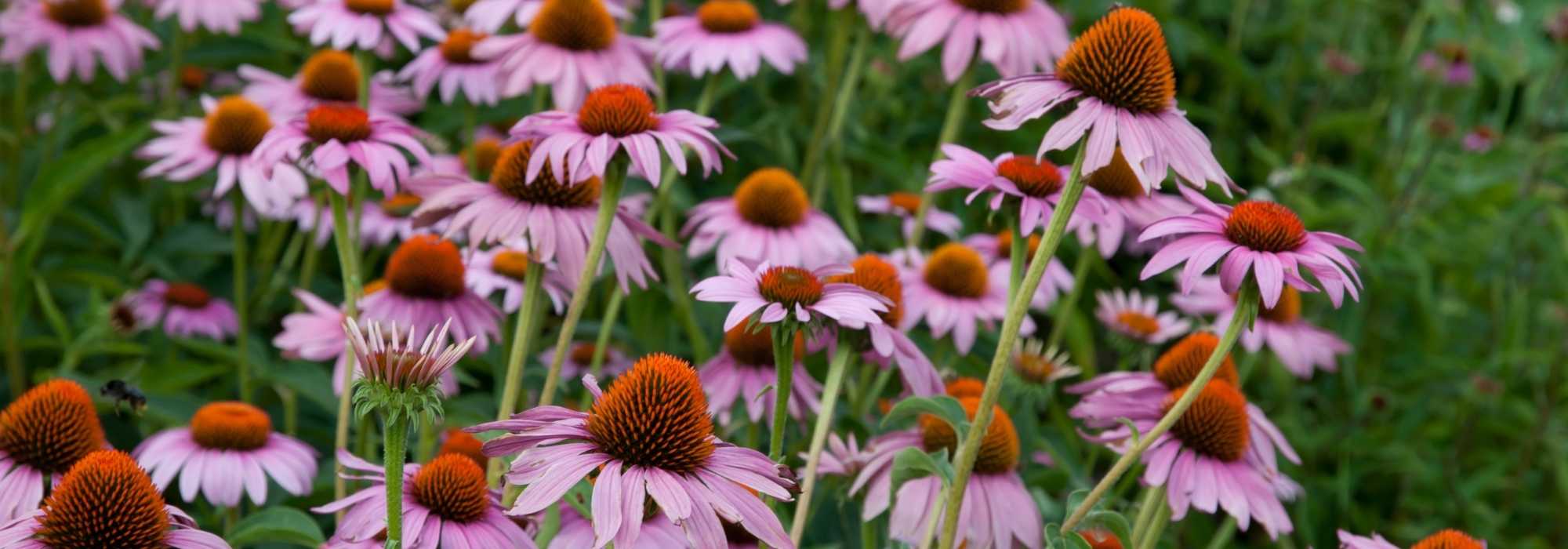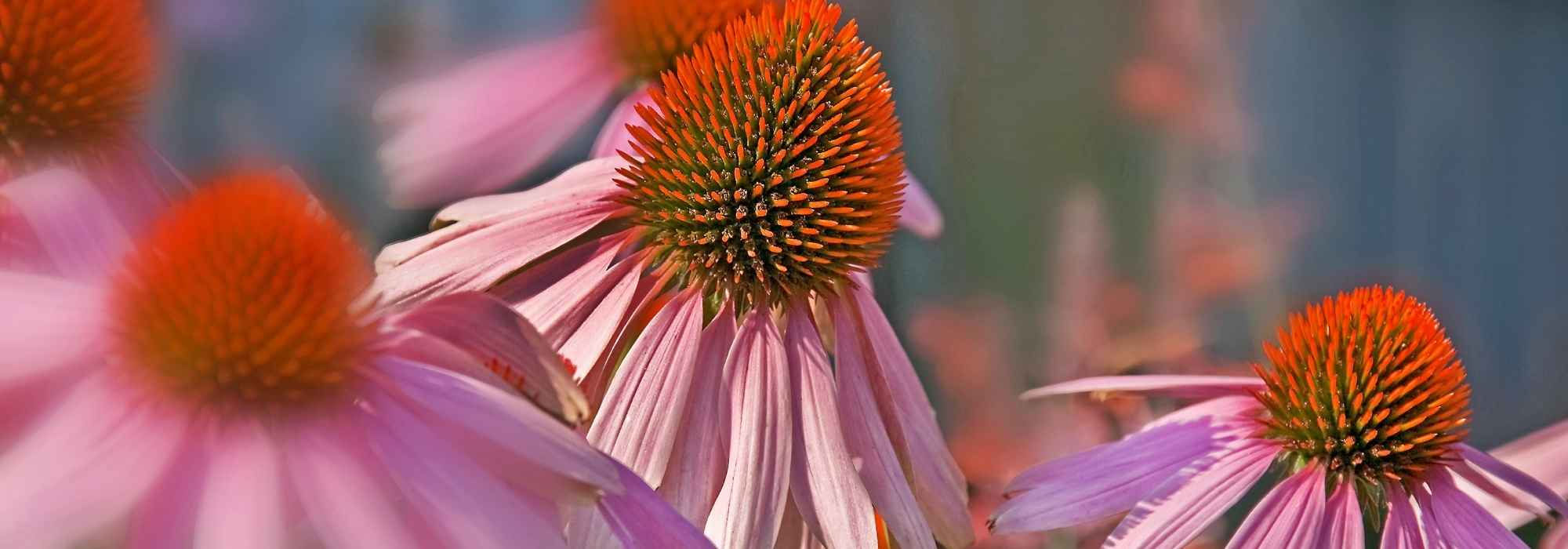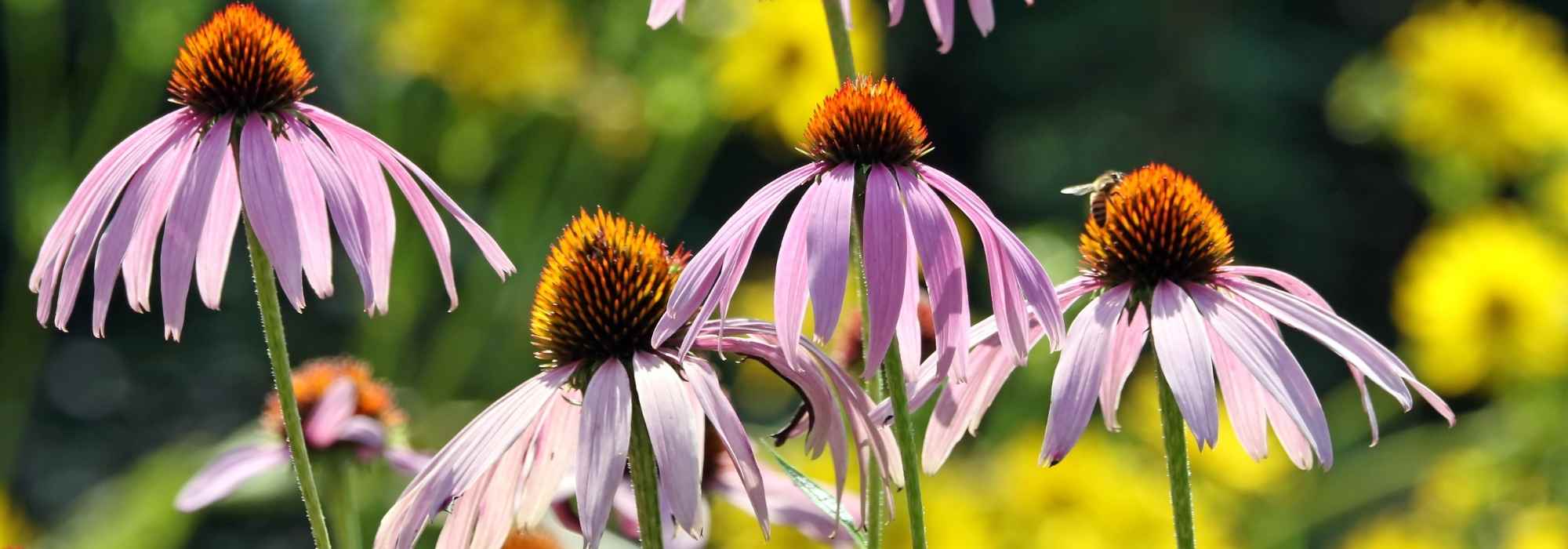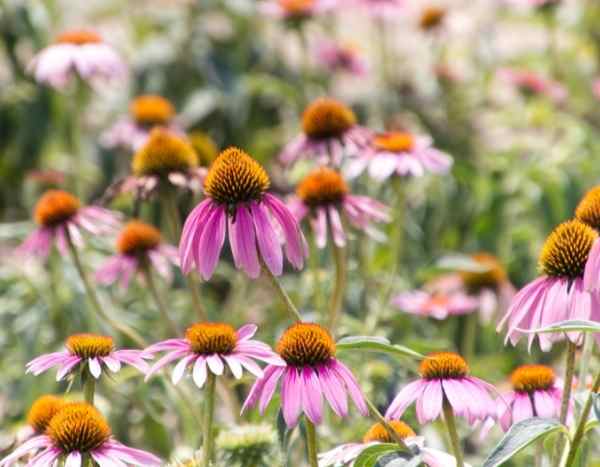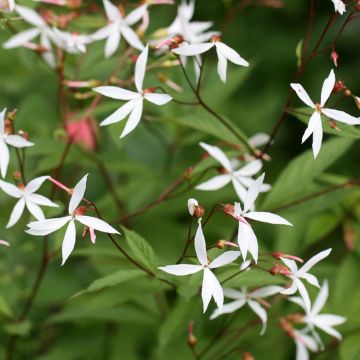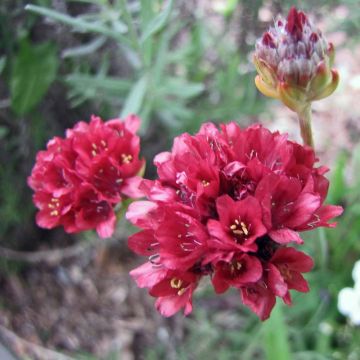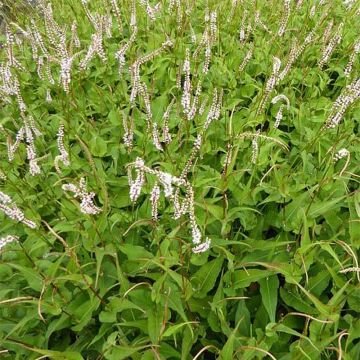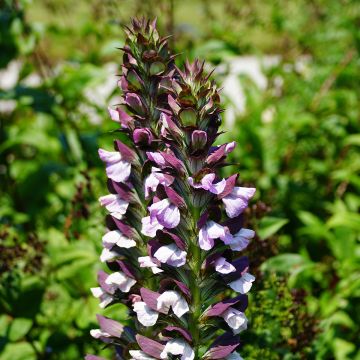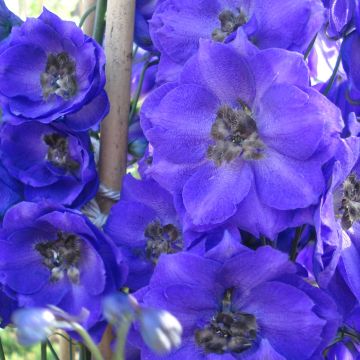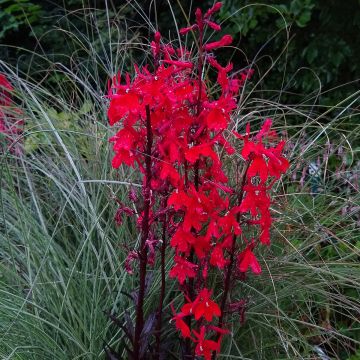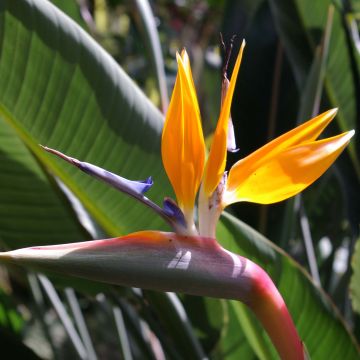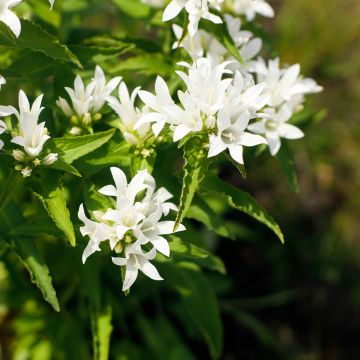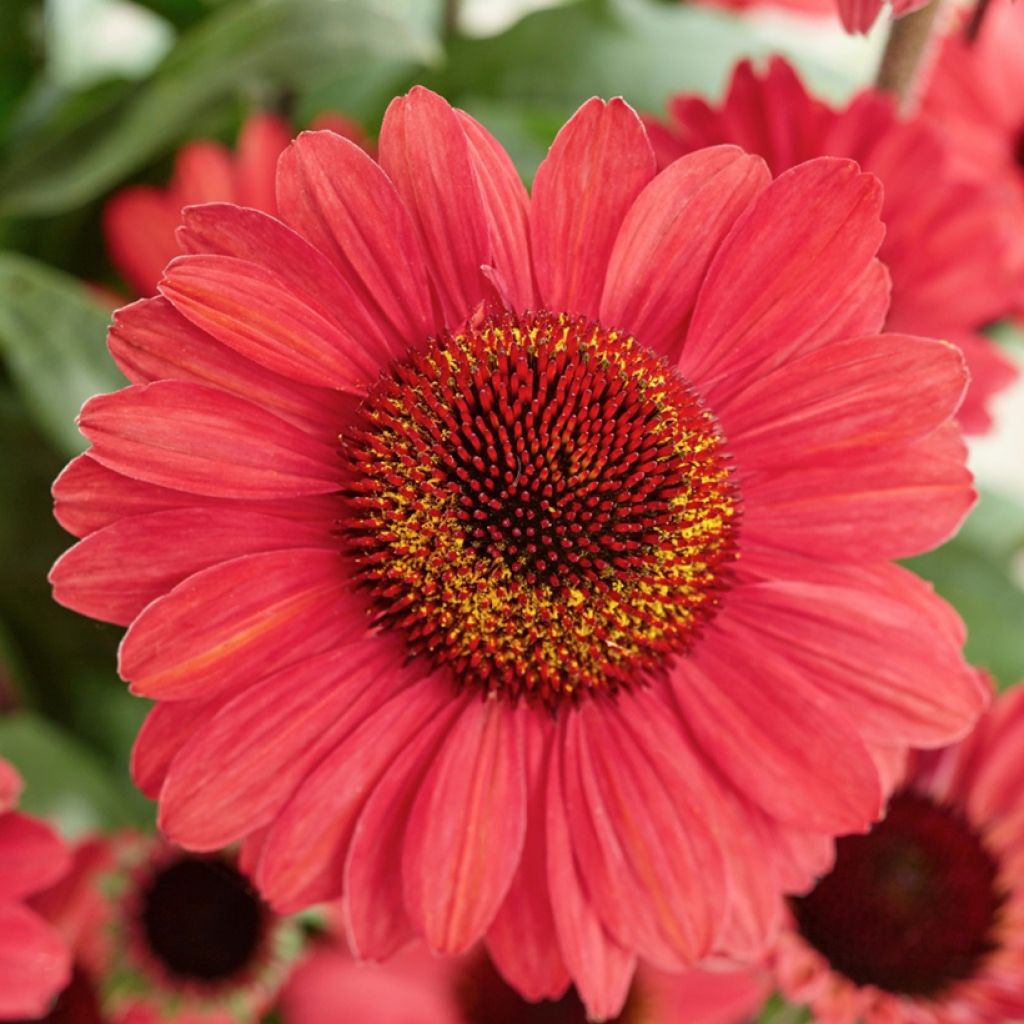

Echinacea purpurea SunSeekers Red - Purple coneflower
Echinacea purpurea SunSeekers Red - Purple coneflower
Echinacea purpurea SunSeekers Red
Eastern purple coneflower, Purple coneflower
Special offer!
Receive a €20 voucher for any order over €90 (excluding delivery costs, credit notes, and plastic-free options)!
1- Add your favorite plants to your cart.
2- Once you have reached €90, confirm your order (you can even choose the delivery date!).
3- As soon as your order is shipped, you will receive an email containing your voucher code, valid for 3 months (90 days).
Your voucher is unique and can only be used once, for any order with a minimum value of €20, excluding delivery costs.
Can be combined with other current offers, non-divisible and non-refundable.
Why not try an alternative variety in stock?
View all →This plant carries a 12 months recovery warranty
More information
We guarantee the quality of our plants for a full growing cycle, and will replace at our expense any plant that fails to recover under normal climatic and planting conditions.
Does this plant fit my garden?
Set up your Plantfit profile →
Description
Echinacea SunSeekers 'Red' is a very attractive variety, with bright red flowers and a large, orangish-brown central cone. Its petals are slightly drooping and its sturdy stems are brown, on a clump of dark green foliage. Compact and floriferous, this perennial plant is excellent in borders, at the front of flower beds, in pots, and as a cut flower. It easily pairs with all other plants in the garden or on the terrace and attracts many pollinating insects.
Echinacea SunSeekers 'Red' is a recent horticultural hybrid. This cultivar is part of the remarkable 'SunSeekers' series, which stands out from other Echinaceas with their unique shapes and colours that do not fade over time. SunSeekers also have exceptional vigour, with these hybrids producing masses of flowers carried by short stems, above narrow dark green leaves. This 'Red' variety forms a dense, compact clump that reaches a height of 50 to 60cm and a width of 40cm. The plant is very resilient. The opposite, lanceolate-shaped leaves are dark green and covered in rough hairs. The abundant flowering occurs from June to September and is heavily visited by butterflies. The branched stems terminate in solitary head-like inflorescences with a prominent, bristly, orangish-brown central disk. It is surrounded by slightly toothed petals or ligules. The fruit is an achene that releases seeds sought after by birds. This plant anchors firmly and deeply in the soil with its highly developed root system.
Echinacea SunSeekers 'Red' is easy to grow in regular soil. Very floriferous, this plant is ideal for both beginner gardeners and enthusiasts of endless and colourful blooms. Its flowers can be used fresh or dried in bouquets. Plant it at the edge of a flower bed with flowers of different shapes. Consider sages, carnations, asters, as well as daylilies. Add clumps of annuals like Nigellas and grasses like Stipas or Pennisetums.
A medicinal plant: In homeopathy, Echinacea root is used to fight colds and strengthen the immune system. These properties were already used by Native Americans. The name Echinacea comes from the Greek echinos which means "hairy or like a hedgehog" and acea meaning "having the shape of", referring to the appearance of the flower's centre.
Flowering
Foliage
Plant habit
Botanical data
Echinacea
purpurea
SunSeekers Red
Asteraceae
Eastern purple coneflower, Purple coneflower
Cultivar or hybrid
Other Echinacea - Coneflower
View all →Planting and care
Echinacea 'SunSeekers Red' sometimes takes its time to settle; indeed, its growth is rather slow. But in return, once established, it requires no special care and is highly resistant to pests and diseases. It is best planted in spring, in a sunny location, in a mixture of compost and garden soil. The soil should be deep and loose to accommodate its root system. Mulch the base in May to keep it cool in summer. Deadhead the flowers as they fade to prolong flowering. Divide the clump when flowering slows down. It is a rhizome plant that, if it likes its environment, can become invasive. As the plant ages, it becomes more susceptible to aphid attacks and powdery mildew. Mulch the base in May to keep it cool in summer, as it is sensitive to water shortage during the flowering period.
Planting period
Intended location
Care
Planting & care advice
This item has not been reviewed yet - be the first to leave a review about it.
Similar products
Haven't found what you were looking for?
Hardiness is the lowest winter temperature a plant can endure without suffering serious damage or even dying. However, hardiness is affected by location (a sheltered area, such as a patio), protection (winter cover) and soil type (hardiness is improved by well-drained soil).

Photo Sharing Terms & Conditions
In order to encourage gardeners to interact and share their experiences, Promesse de fleurs offers various media enabling content to be uploaded onto its Site - in particular via the ‘Photo sharing’ module.
The User agrees to refrain from:
- Posting any content that is illegal, prejudicial, insulting, racist, inciteful to hatred, revisionist, contrary to public decency, that infringes on privacy or on the privacy rights of third parties, in particular the publicity rights of persons and goods, intellectual property rights, or the right to privacy.
- Submitting content on behalf of a third party;
- Impersonate the identity of a third party and/or publish any personal information about a third party;
In general, the User undertakes to refrain from any unethical behaviour.
All Content (in particular text, comments, files, images, photos, videos, creative works, etc.), which may be subject to property or intellectual property rights, image or other private rights, shall remain the property of the User, subject to the limited rights granted by the terms of the licence granted by Promesse de fleurs as stated below. Users are at liberty to publish or not to publish such Content on the Site, notably via the ‘Photo Sharing’ facility, and accept that this Content shall be made public and freely accessible, notably on the Internet.
Users further acknowledge, undertake to have ,and guarantee that they hold all necessary rights and permissions to publish such material on the Site, in particular with regard to the legislation in force pertaining to any privacy, property, intellectual property, image, or contractual rights, or rights of any other nature. By publishing such Content on the Site, Users acknowledge accepting full liability as publishers of the Content within the meaning of the law, and grant Promesse de fleurs, free of charge, an inclusive, worldwide licence for the said Content for the entire duration of its publication, including all reproduction, representation, up/downloading, displaying, performing, transmission, and storage rights.
Users also grant permission for their name to be linked to the Content and accept that this link may not always be made available.
By engaging in posting material, Users consent to their Content becoming automatically accessible on the Internet, in particular on other sites and/or blogs and/or web pages of the Promesse de fleurs site, including in particular social pages and the Promesse de fleurs catalogue.
Users may secure the removal of entrusted content free of charge by issuing a simple request via our contact form.
The flowering period indicated on our website applies to countries and regions located in USDA zone 8 (France, the United Kingdom, Ireland, the Netherlands, etc.)
It will vary according to where you live:
- In zones 9 to 10 (Italy, Spain, Greece, etc.), flowering will occur about 2 to 4 weeks earlier.
- In zones 6 to 7 (Germany, Poland, Slovenia, and lower mountainous regions), flowering will be delayed by 2 to 3 weeks.
- In zone 5 (Central Europe, Scandinavia), blooming will be delayed by 3 to 5 weeks.
In temperate climates, pruning of spring-flowering shrubs (forsythia, spireas, etc.) should be done just after flowering.
Pruning of summer-flowering shrubs (Indian Lilac, Perovskia, etc.) can be done in winter or spring.
In cold regions as well as with frost-sensitive plants, avoid pruning too early when severe frosts may still occur.
The planting period indicated on our website applies to countries and regions located in USDA zone 8 (France, United Kingdom, Ireland, Netherlands).
It will vary according to where you live:
- In Mediterranean zones (Marseille, Madrid, Milan, etc.), autumn and winter are the best planting periods.
- In continental zones (Strasbourg, Munich, Vienna, etc.), delay planting by 2 to 3 weeks in spring and bring it forward by 2 to 4 weeks in autumn.
- In mountainous regions (the Alps, Pyrenees, Carpathians, etc.), it is best to plant in late spring (May-June) or late summer (August-September).
The harvesting period indicated on our website applies to countries and regions in USDA zone 8 (France, England, Ireland, the Netherlands).
In colder areas (Scandinavia, Poland, Austria...) fruit and vegetable harvests are likely to be delayed by 3-4 weeks.
In warmer areas (Italy, Spain, Greece, etc.), harvesting will probably take place earlier, depending on weather conditions.
The sowing periods indicated on our website apply to countries and regions within USDA Zone 8 (France, UK, Ireland, Netherlands).
In colder areas (Scandinavia, Poland, Austria...), delay any outdoor sowing by 3-4 weeks, or sow under glass.
In warmer climes (Italy, Spain, Greece, etc.), bring outdoor sowing forward by a few weeks.






























